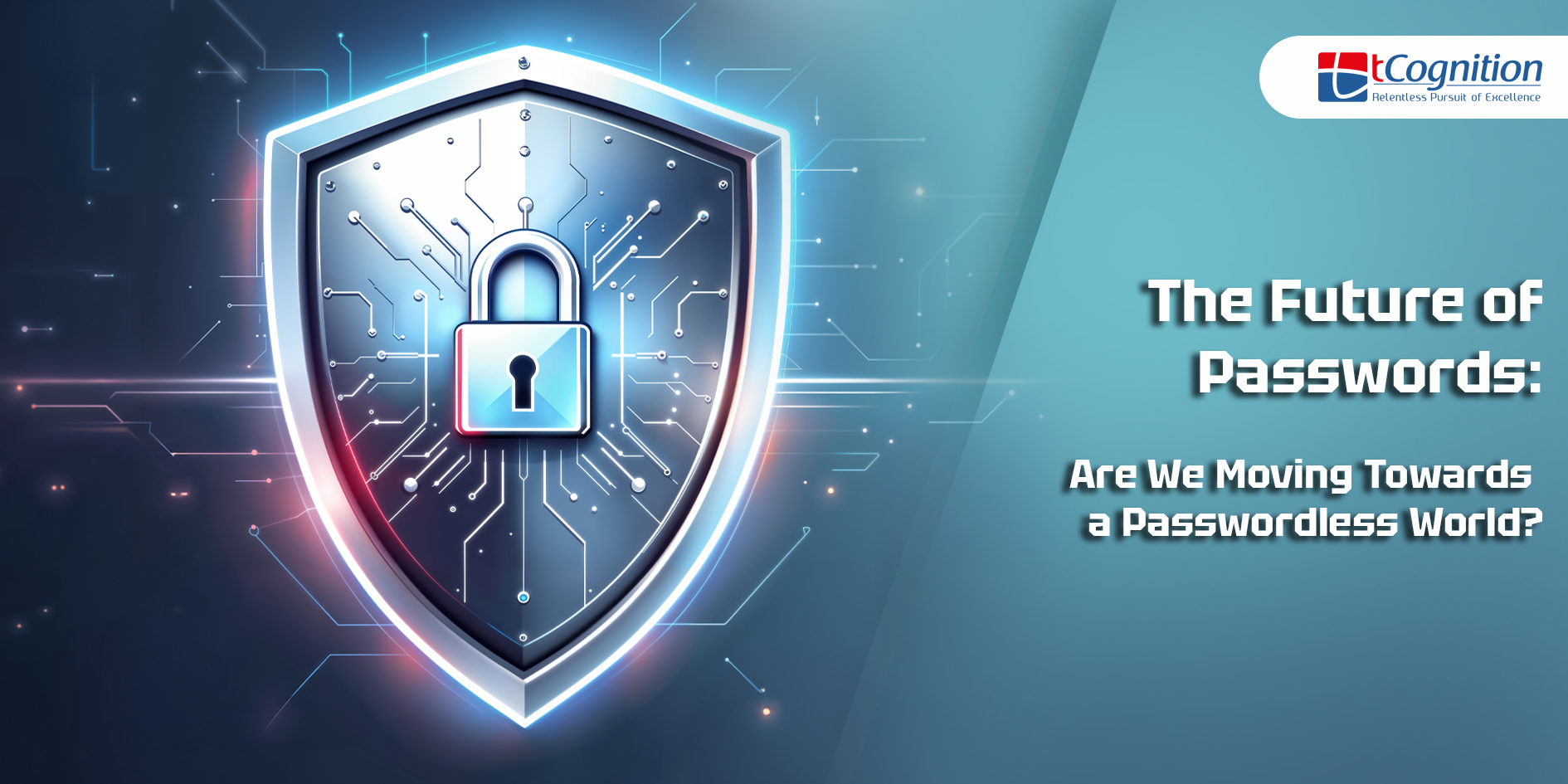For decades, passwords have been the primary method of securing online accounts, but their limitations are becoming more apparent. Weak passwords, credential stuffing, phishing attacks, and password fatigue have led to an increasing demand for more secure authentication methods. With advancements in passwordless authentication, the industry is shifting toward alternatives like biometric authentication, multi-factor authentication (MFA), and passkeys.
Tech giants such as Microsoft, Google, and Apple are leading the charge toward a passwordless future, adopting standards set by the FIDO Alliance and WebAuthn to eliminate traditional passwords. But how realistic is this shift? Will we see a future where passwords are obsolete? Let’s explore the evolution of authentication, the challenges of traditional passwords, and how emerging technologies are reshaping online security.
The Problems with Traditional Passwords
1. Weak Passwords and Credential Theft
Many users create easy-to-guess passwords, such as “123456” or “password,” making them vulnerable to brute-force attacks. Even when strong passwords are used, they can still be compromised through phishing, keylogging, or credential stuffing.
2. Password Fatigue
With an average internet user managing over 100 passwords, remembering unique and complex passwords for each account is nearly impossible. This often leads to the reuse of passwords, increasing security risks.
3. Phishing and Social Engineering Attacks
Cybercriminals frequently use phishing emails and social engineering techniques to trick users into revealing their credentials. No matter how strong a password is, it can be compromised if it is unknowingly shared.
4. The Cost of Password Management
Organizations spend millions annually on password management systems and helpdesk support for password resets. A shift to passwordless authentication could reduce these costs significantly.
The Rise of Passwordless Authentication
What is Passwordless Authentication?
Passwordless authentication eliminates the need for traditional passwords by using more secure methods such as biometrics, passkeys, and hardware security tokens. Instead of relying on something a user remembers (password), it relies on something they have (a device) or something they are (biometrics).
Popular Passwordless Authentication Methods
1. Biometric Authentication
Biometric authentication uses unique physical characteristics to verify identity, such as:
- Fingerprint scanning (Touch ID)
- Facial recognition (Face ID)
- Iris scanning
- Voice recognition
Biometric authentication is already widely used in smartphones, banking apps, and enterprise security systems, providing a seamless and secure alternative to passwords.
2. Passkeys and WebAuthn
Passkeys, an alternative to passwords introduced by Apple, Google, and Microsoft, replace traditional passwords with cryptographic key pairs. These keys are stored securely on the device and are used for authentication without being shared over the internet, reducing the risk of credential theft.
WebAuthn, part of the FIDO2 standard, enables users to sign in using public-key cryptography, making it resistant to phishing and hacking attempts.
3. Multi-Factor Authentication (MFA) and Zero Trust Security
While MFA is not entirely passwordless, it enhances security by requiring multiple verification factors, such as:
- A one-time code sent via SMS/email
- A fingerprint or facial recognition scan
- A physical security key
Many organizations are adopting Zero Trust Security Models, which assume that no device or user is automatically trusted. MFA plays a crucial role in this approach.
4. Hardware Security Keys
Devices like YubiKey or Google Titan Security Key provide a physical authentication method that eliminates phishing risks. Users plug in the key or connect it via NFC/Bluetooth for secure logins.
Challenges of Going Passwordless
Despite its advantages, passwordless authentication is not without challenges.
1. Adoption Barriers
Many businesses and websites still rely on traditional password-based authentication, making widespread adoption of passwordless solutions slow.
2. Cost of Implementation
Switching to passwordless authentication requires investment in new technology, including biometric scanners, security keys, and cloud-based authentication solutions.
3. Privacy Concerns
Biometric authentication raises data privacy concerns. Storing fingerprint or facial data securely is critical to prevent misuse or unauthorized access.
4. Compatibility Issues
Not all systems and applications support passwordless authentication yet. Ensuring compatibility across different platforms remains a challenge.
The Future: A Truly Passwordless World?
Despite these challenges, major industry players are pushing towards a passwordless future. Companies like Google, Apple, and Microsoft have already begun integrating passkeys, and organizations are adopting biometric authentication and FIDO2 standards for enhanced security.
In the coming years, we can expect:
- Wider adoption of passkeys and WebAuthn across industries
- Improved biometric authentication methods with AI enhancements
- Stronger multi-factor authentication frameworks
- More businesses shifting towards Zero Trust Security Models
As technology advances, we are likely to see a world where passwords become a thing of the past, replaced by seamless, secure, and user-friendly authentication methods.
Conclusion
The move towards passwordless authentication is no longer a futuristic concept—it’s happening now. Biometric authentication, passkeys, WebAuthn, and multi-factor authentication are making traditional passwords obsolete. While challenges remain, the benefits of increased security, reduced cyber threats, and enhanced user experience make it a worthwhile transition.
For IT professionals and businesses, staying ahead of this trend is crucial. Investing in passwordless authentication solutions today can prepare organizations for a more secure, efficient, and user-friendly future.

